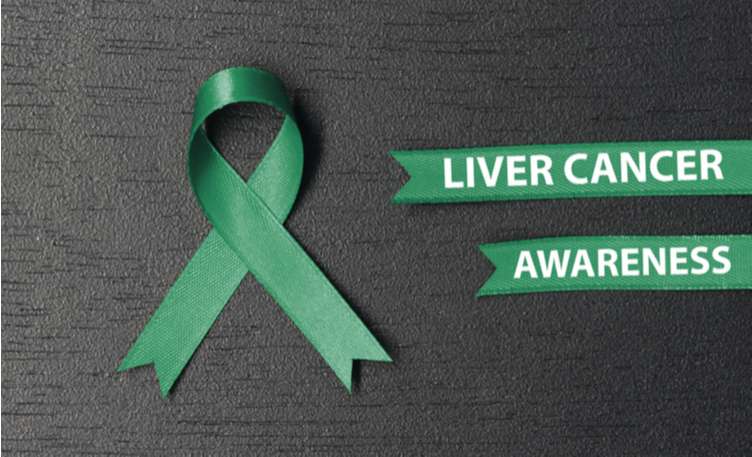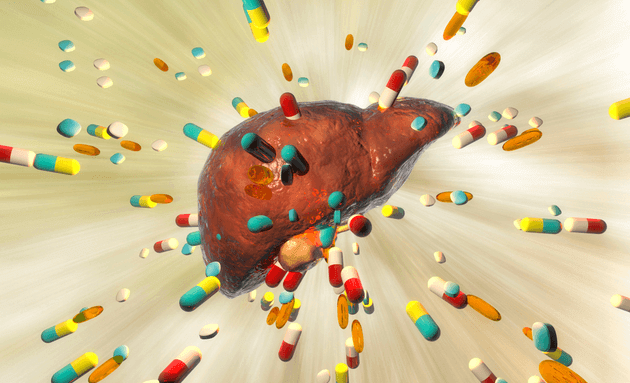
Understanding The Basics Of Liver Cancer
What is Liver Cancer?
The liver constantly purifies blood that spreads through the veins, transforming vitamins and minerals absorbed from the gastrointestinal tract into chemicals. It also executes other essential functions, like clearing away toxins from the blood and preparing them for expulsion.
Since all the blood in the body passes through the liver, it is more exposed to cancer cells moving in the veins, compared to other organs. Hence, cancer in the liver does not actually originate in the liver itself (is not primary liver cancer), but starts in some other part of the body and then spreads (metastasizes) to the liver (called secondary liver tumours or liver metastases). The most common tumours which spread to the liver are from the intestine (colon, rectum), neuroendocrine tumours of any organ, or from the breast, kidneys etc.
Malignant Liver Tumors

The liver is composed of many varieties of cells, increasing the probability of different primary liver tumour formations also (tumours originating from liver cells). There are some tumours that are benign (non-cancerous), and some are malignant (cancerous) and can metastasize to other organs of the body. These tumours have various sources and their treatment is approached accordingly. Treatment and recovery depend on the type of a tumour a patient has been diagnosed with.
"The most common malignant (cancerous) tumours of the liver are actually those that spread from other organs to the liver (secondary liver tumours or liver metastases). Most common primary sites from where tumours metastasize to the liver include intestine (colon, rectum), breast, kidneys or neuroendocrine tumours of any organ. Surgical resection with or without pre- and or post-resection chemotherapy are curative options in patients with liver-only metastases.
The most common primary cancer of the liver (cancer originating from liver cells) is hepatocellular carcinoma (HCC) which commonly occurs in patients with Hepatitis C, Hepatitis B, or alcoholic liver disease." -- Dr. Prashant Bhangui
The most frequent benign tumours of the liver include:
- Hemangioma
- Hepatic adenoma (Liver Cell adenoma)
- Focal nodular hyperplasia
- Liver Cysts including simple cysts, hydatid cysts, biliary cystadenoma's etc.
These benign tumours are not treated like cancer. Surgical removal may be needed if a patient experiences painful symptoms or bleeding.

"90% of primary liver cancers or hepatocellular carcinoma occur in patients with an unhealthy/cirrhotic liver, hence strict surveillance and regular follow up with a liver specialist are mandatory in these patients who are at risk, so that the tumours can be picked up early, and curative treatment is possible." - Dr Prashant Bhangui
What Causes Liver Cancer?
Most individuals diagnosed with primary liver cancer (hepatocellular carcinoma) have cirrhosis, a damaging state of the liver frequently rooted in viral hepatitis (Hepatitis B or C) or alcoholism. These ailments can lead to lasting harm and collapse of the liver. A newly recognised entity which is spreading with epidemic proportions in non-alcoholic fatty liver disease (NAFLD) due to changes in lifestyle and prevalence of diabetes, hypertension, thyroid disorders etc. This is also a risk factor for the development of primary liver tumours.
RFA (radiofrequency ablation) for very small tumours, surgical resection of the liver tumour, or liver transplantation, based on the tumour characteristics (size, number) and stage of liver disease or cirrhosis, are the curative options in patients with hepatocellular carcinoma. Other options like TACE (transarterial chemoembolization), TARE (transarterial radioembolization), radiotherapy are sometimes used as bridging therapy or palliative treatment.
The key to curing liver cancer is early detection and a liver specialist opinion." - Dr Prashant Bhangui
Additional important liver cancer risk factors are:
- Gender: Men have a higher likelihood of getting liver cancer than women.
- Weight: Obesity can increase the chances of developing liver cancer.
- Link to Diabetes: Research has shown a link between diabetes and fatty liver disease. This is in turn linked to liver cancer.
- Genetically inherited metabolic ailments: Ailments that disturb the regular metabolism of the body leads to higher chances of liver cancer.
- Aflatoxins - cancer-source made from a plant fungus that contaminates wheat, peanuts, rice, corn, and soybeans.
- Unusual ailments: Research has established a connection between liver cancer and some unusual ailments like alpha -1-antitrypsin deficiency, tyrosinemia, and Wilson’s disease.

